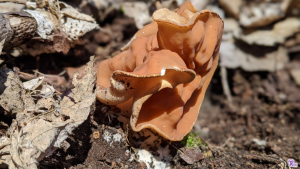#005: Xylaria polymorpha, Dead Man’s Fingers
In late October, it is not unusual to see Halloween decorations featuring bony fingers reaching up out of a grave. The natural world has its own version of this: Xylaria polymorpha, commonly known as Dead Man’s Fingers. This macabre name is an apt description of the mushrooms, which resemble burnt and dried out fingers reaching out of the ground to grab unwitting passers-by and drag them down into the depths of the earth. You can find these morbid ascomycetes on rotting logs at pretty much any time of the year.

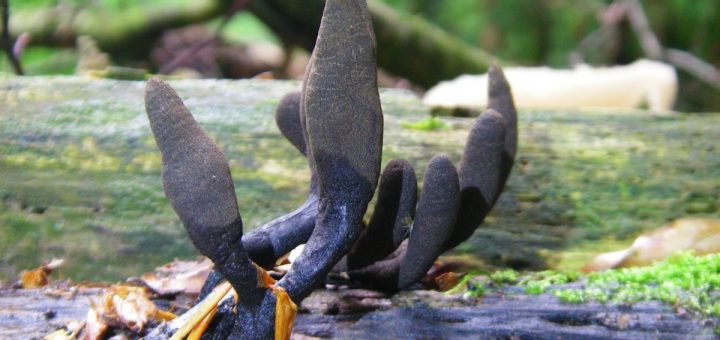
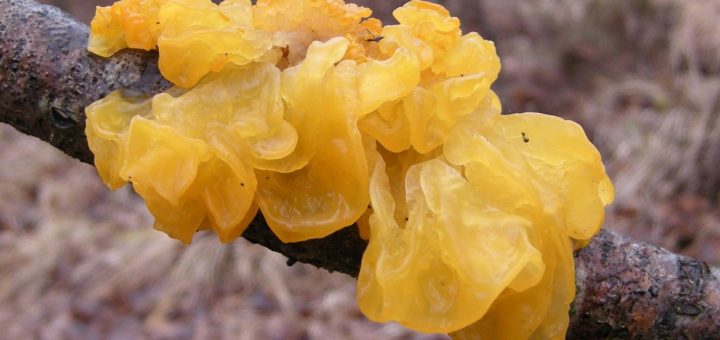
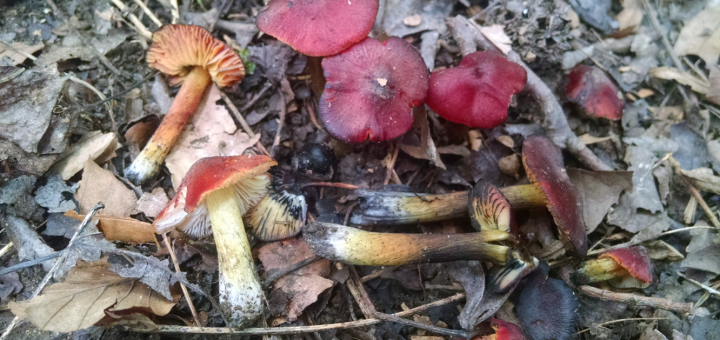
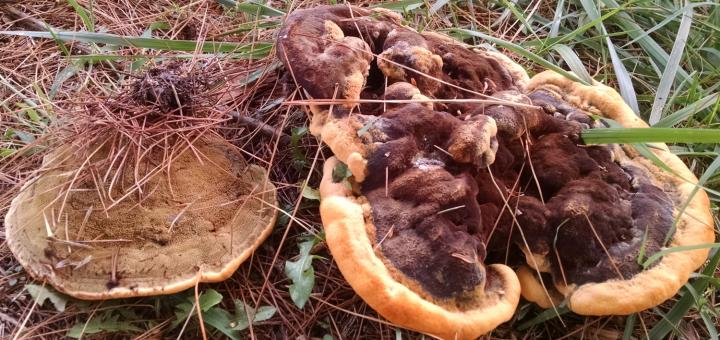

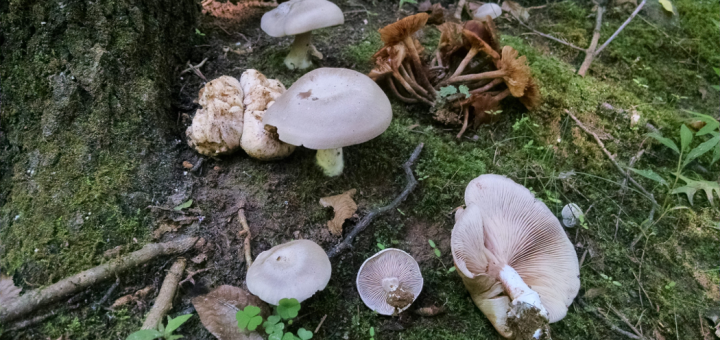
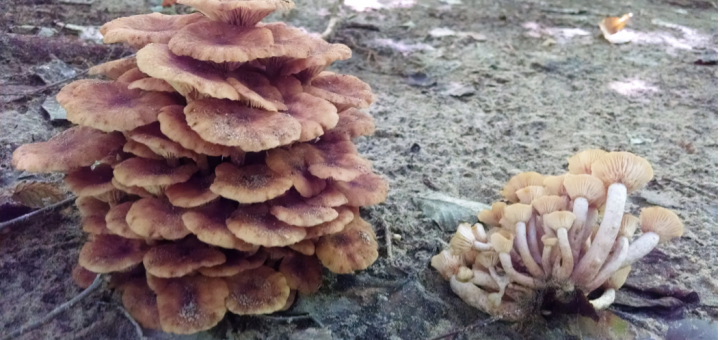
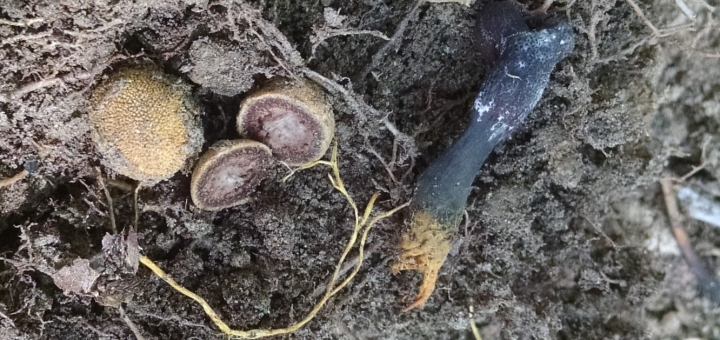
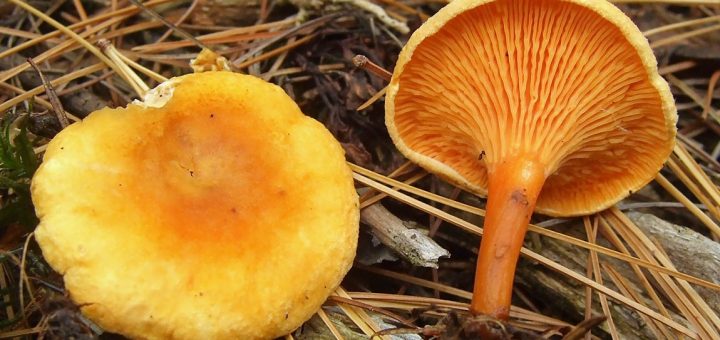
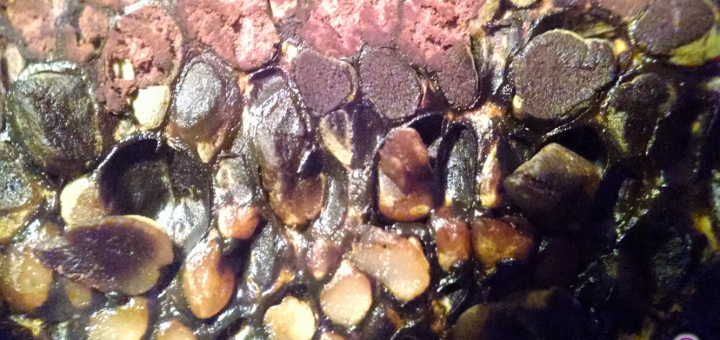





![#011: Characteristics of Kingdom Fungi [Archived]](https://www.fungusfactfriday.com/wp-content/themes/hueman/assets/front/img/thumb-small-empty.png)

